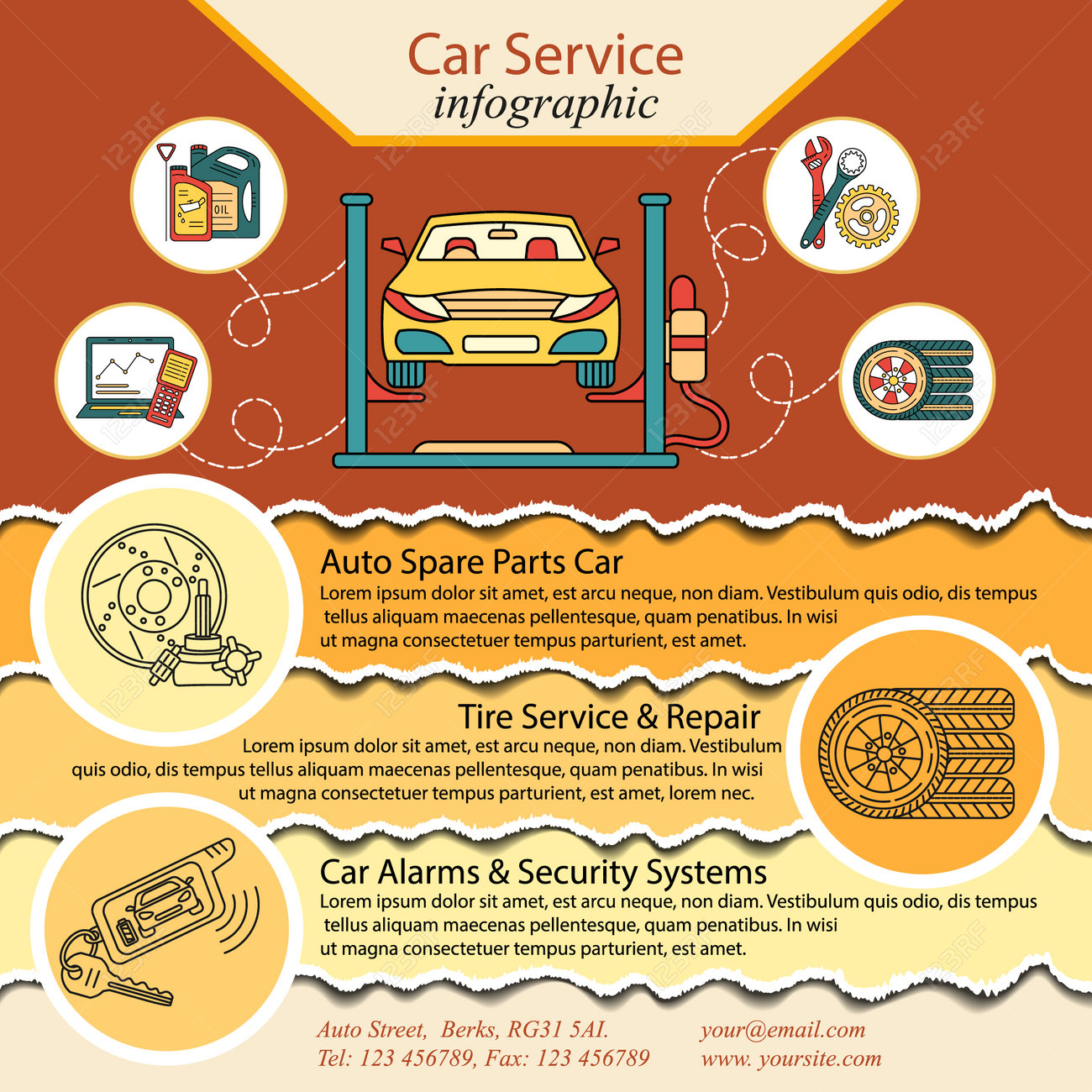Interpreting Your Vehicle'S Alert Lights: Their True Implications
Interpreting Your Vehicle'S Alert Lights: Their True Implications
Blog Article
Material Composed By-Lim Dalgaard
When you're behind the wheel, those radiant caution lights on your dashboard can be a little bit puzzling. Do you recognize what they're attempting to tell you about your car's health and wellness? Recognizing the significance of these lights is important for your security and the longevity of your vehicle. So, the following time one of those lights appears, would not you intend to analyze its message precisely and take the required actions to resolve it?
Common Caution Lighting and Interpretations
Recognize typical warning lights in your automobile and recognize their definitions to make sure risk-free driving.
The most typical warning lights consist of the check engine light, which signals issues with the engine or exhausts system. If this light comes on, it's crucial to have your vehicle inspected quickly.
The oil stress advising light indicates reduced oil stress, requiring instant attention to avoid engine damages.
https://oil-change84949.sharebyblog.com/31993067/eco-friendly-automobile-outlining-products-you-should-try blinking battery light may recommend a faulty charging system, possibly leaving you stranded otherwise dealt with.
The tire pressure monitoring system (TPMS) light notifies you to low tire stress, affecting automobile security and gas effectiveness. Disregarding this can result in hazardous driving conditions.
The abdominal muscle light indicates a trouble with the anti-lock stopping system, compromising your capacity to stop swiftly in emergency situations.
Lastly, the coolant temperature level cautioning light warns of engine overheating, which can lead to severe damage otherwise resolved quickly.
Comprehending these typical caution lights will aid you address issues promptly and keep secure driving problems.
Relevance of Prompt Interest
Recognizing the common caution lights in your cars and truck is just the first step; the significance of promptly attending to these cautions can not be stressed sufficient to ensure your safety and security on the road.
When carupholsterycleaningauckland brightens on your dashboard, it's your car's way of communicating a possible problem that needs focus. Overlooking these cautions can cause a lot more serious issues down the road, endangering your security and potentially costing you much more out of commission.
Motivate interest to alerting lights can prevent break downs and crashes. For example, a blinking check engine light can show a misfire that, if left unattended, could trigger damages to the catalytic converter. Addressing this immediately can save you from an expensive repair service.
In a similar way, a brake system warning light could indicate reduced brake fluid or used brake pads, vital components for your safety and security when driving.
Do It Yourself Troubleshooting Tips
If you discover a caution light on your control panel, there are a few do it yourself repairing pointers you can attempt before looking for expert help.
The initial step is to consult your cars and truck's manual to recognize what the particular warning light shows. Often botanycarwash can be as straightforward as a loose gas cap setting off the check engine light. Tightening up the gas cap might deal with the problem.
Another common problem is a low battery, which can set off different alerting lights. Inspecting the battery links for deterioration and guaranteeing they're secure could repair the trouble.
If a warning light persists, you can try resetting it by disconnecting the auto's battery for a few mins and afterwards reconnecting it. Additionally, checking https://edgarphyph.blogoscience.com/38292009/eco-friendly-auto-outlining-products-you-ought-to-attempt , such as oil, coolant, and brake fluid, can assist troubleshoot cautioning lights related to these systems.
Verdict
Finally, comprehending your vehicle's warning lights is essential for maintaining your vehicle running efficiently and securely. By immediately attending to these informs and knowing what they suggest, you can avoid expensive repair work and possible failures.
Remember to consult your cars and truck's guidebook for particular details on each alerting light and act appropriately to ensure a trouble-free driving experience.
Stay notified, remain risk-free when driving!
